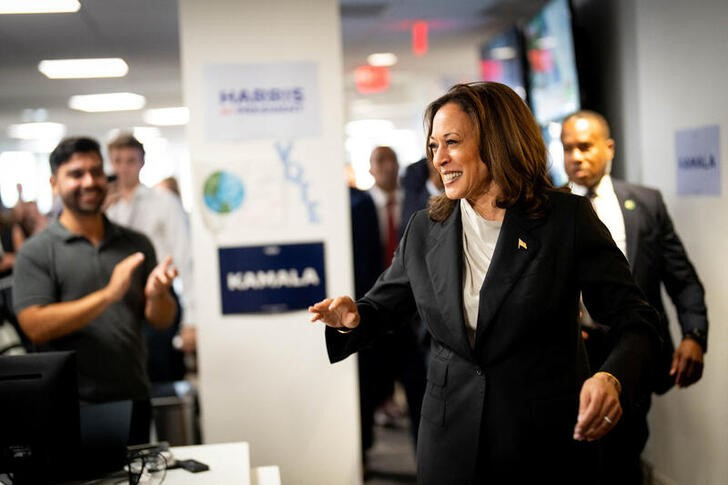
President Joe Biden’s withdrawal from the presidential race on Sunday has significantly reshaped the competitive landscape for the upcoming US general election in November, leaving the decision of a new nominee to the delegates at the Democratic National Convention (DNC).
Vice President Kamala Harris has garnered sufficient support among state delegations to emerge as the presumptive Democratic nominee, currently facing no significant competition.
To safeguard the nomination process from potential legal issues related to state filing deadlines, the DNC’s rules committee has opted to hold a virtual roll call vote before the convention.
Individuals aspiring to become the Democratic nominee must declare their candidacy by July 27 and secure the support of at least 300 delegates by the following day, with no more than 50 delegates from any single state. The virtual roll call is set to begin on August 1.
The candidate who secures a simple majority will be declared the party nominee and must select a running mate by August 7 to meet state ballot requirements.
“We expect the Vice President to obtain a majority of votes and be declared the Democratic Party nominee,” UBS noted.
“Former president Trump still holds a narrow advantage but the Harris campaign’s ability to raise $125 million in just two days reflects an uptick in enthusiasm among Democrats and presages a tighter race to the finish,” they added.
To account for recent developments, UBS has updated its election outcome forecasts. The bank’s odds for a red sweep—Trump winning the presidency along with a unified Republican Congress—now stand at 40%.
Meanwhile, the probability of Harris winning the presidency with a divided Congress—Republican Senate and Democratic House—is 35%. The chances of Trump winning with a divided Congress are 15%, and the odds of a blue sweep—Harris winning with a unified Democratic Congress—are 10%.
To read the full article, Click Here
